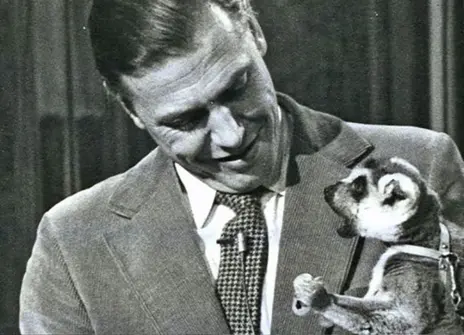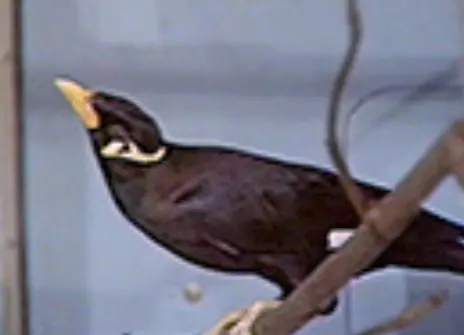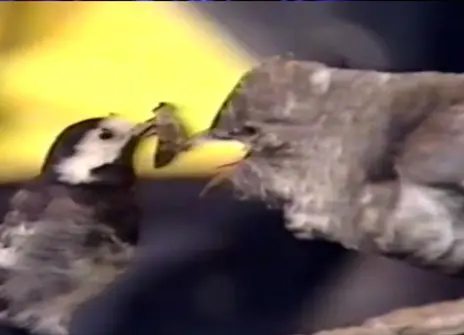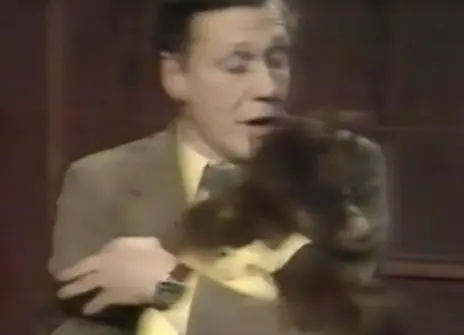Lecture 3 – Parents and children
In this Lecture, Sir David Attenborough explores how parents and children communicate with each other across the animal kingdom.
Although many newborn animals enter the world well able to defend for themselves; others rely heavily on one or both of their parents for survival. This creates a need for communication between the generations.
Parents can exchange information with their infants even before they are born or hatched. The child will signal its needs and in turn responds to important messages from its parents.
The parent-child relationships in the animal kingdom that evolve from this information exchange involve many different aspects. These include feeding, and protection; helpless baby animals will need to heed the warnings from their parents. Young animals may also look to their parents for comfort and warmth, and to keep them clean.
There is further need for communication when it comes to wandering children. In these situations, parents will have to fetch and carry their straying offspring home again. An infant lost or otherwise in distress usually has special means of letting its parents know it is in trouble.
The methods of communication young animals learn in the period of their upbringing are essential for later life. If things go wrong at an early age, it could compromise their ability to learn the language that they will need as an adult.
About the 1973 CHRISTMAS LECTURES
Breaking the cardinal rule of broadcast television – ‘never work with animals or children’ – Sir David Attenborough demonstrates the varied means by which animals convey information to one another and reveals a collection of diverse and complicated behaviours.
From visual signals to distinctive scents, the series explores the vast repertoire of animal language as well as the diverse meaning of messages, whether it be attracting a mate or acting as a warning signal.
As David explains, getting the right message across often means the difference between life and death. Parents communicate with their young, infants signal when they’re in distress and specific colours can signal danger. Other animals have also devised clever deceptions, mimicking the warning signals of others without actually possessing a physical threat.
Language is shown to be a universal tool of the animal kingdom but, asks David, how can we learn what animals are saying to each other and how does their language compare to our own? The series concludes by exploring whether it is possible for us to communicate with animals and if we could ever hope to teach an animal to use a human language.
Help us find the missing CHRISTMAS LECTURES
The fourth lecture in the series, 'Simple Signs and Complicated Communications', is considered a missing a lecture, as there is no known copy of it.
If you do have a copy of the recording, we would love it if you got in touch with us at xmaslectures@ri.ac.uk to help us make all our CHRISTMAS LECTURES available for future generations.





